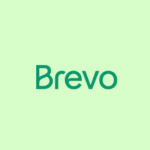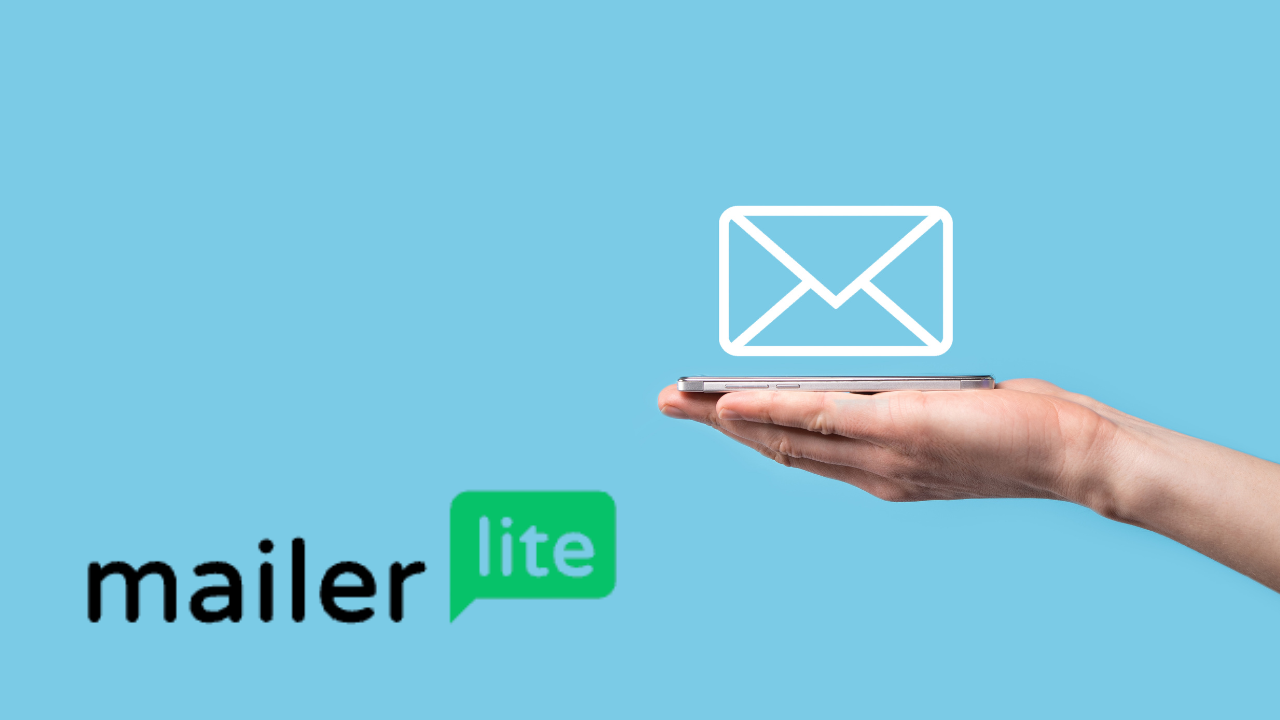Email marketing isn’t just about sending emails — it’s about sending the right emails at the right time. A well-crafted email sequence can turn subscribers into customers, nurture leads, and build lasting relationships. If you’re just starting, this guide will show you exactly how to set up sequences that actually convert.
Why Email Sequences Matter
Automated sequences save time and improve results. With the right sequence:
-
New subscribers are welcomed and engaged.
-
Abandoned carts are recovered automatically.
-
Consistent communication builds trust and drives sales.
Step 1: Choose the Right Platform
Pick a tool that supports automation and is beginner-friendly:
-
SendFox: Simple interface, great for basic sequences.
-
MailerLite: Easy-to-use automation and landing pages.
-
Brevo: Beginner-friendly automation with transactional emails.
Tip: Make sure your platform can scale as your sequences become more complex.
Step 2: Plan Your Sequence
Decide the purpose of your sequence. Common types:
-
Welcome Series: Introduce your brand and deliver your lead magnet.
-
Abandoned Cart Sequence: Recover lost sales with reminders and incentives.
-
Newsletter Drip Campaign: Provide consistent value and build authority.
Actionable tip: Map out 3–5 emails per sequence with a clear goal for each.
Step 3: Write Engaging Emails
Keep your emails simple, clear, and valuable. Use AI to help:
-
Start with a hook to grab attention.
-
Solve a problem or share actionable advice.
-
Include one clear call-to-action per email.
Example: For a welcome series, Email 1 could deliver your free guide, Email 2 shares a quick tip or tutorial, and Email 3 invites engagement.
Step 4: Set Triggers and Timing
Automation works best when it’s timely and relevant:
-
Trigger emails immediately after signup or cart abandonment.
-
Space newsletters or drip emails a few days apart.
-
Test different timings to see what gets the best engagement.
Step 5: Monitor and Optimize
Track open rates, click-throughs, and conversions:
-
If emails aren’t opened, tweak subject lines.
-
If links aren’t clicked, adjust CTAs or content.
-
Continuously refine sequences based on performance.
Step 6: Scale and Add Complexity
Once you’re comfortable, add:
-
Segmentation by interests or behavior.
-
Conditional logic to send different emails to different groups.
-
Multi-channel follow-ups (SMS, push notifications).
A solid email sequence can dramatically improve engagement and sales. Start with one simple sequence, optimize it, and then expand. Platforms like SendFox, MailerLite, and Brevo make this beginner-friendly, while still allowing growth as your business scales.
Check out our directory for detailed platform comparisons and practical guides to help you create sequences that truly convert.






